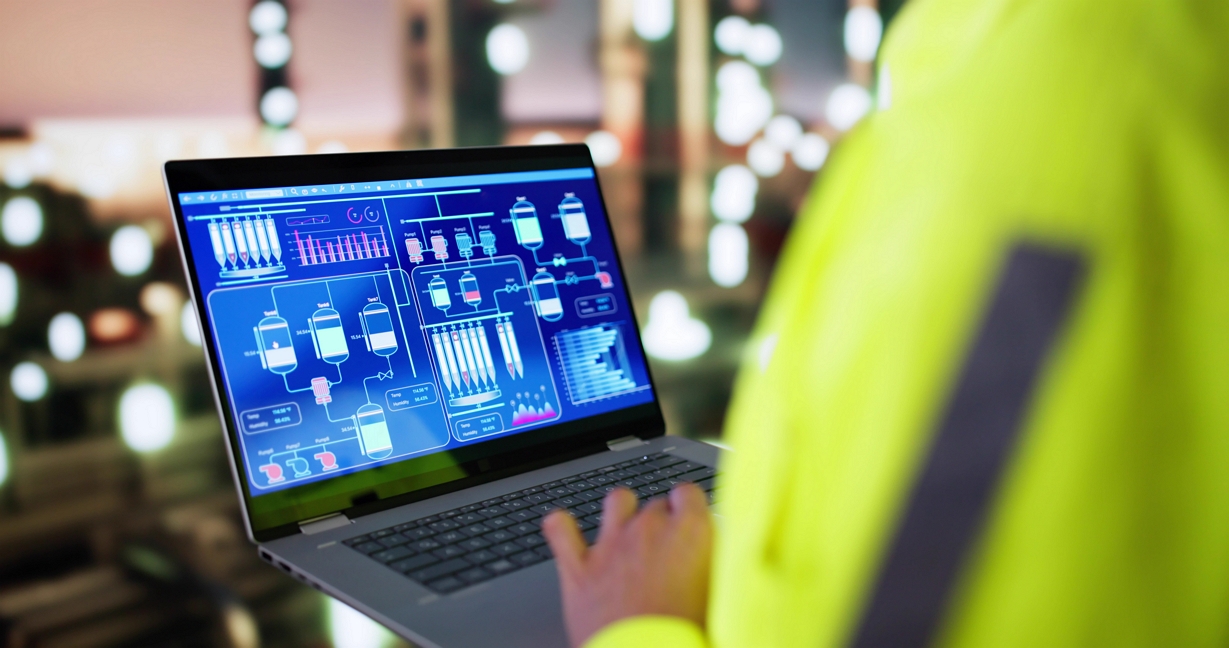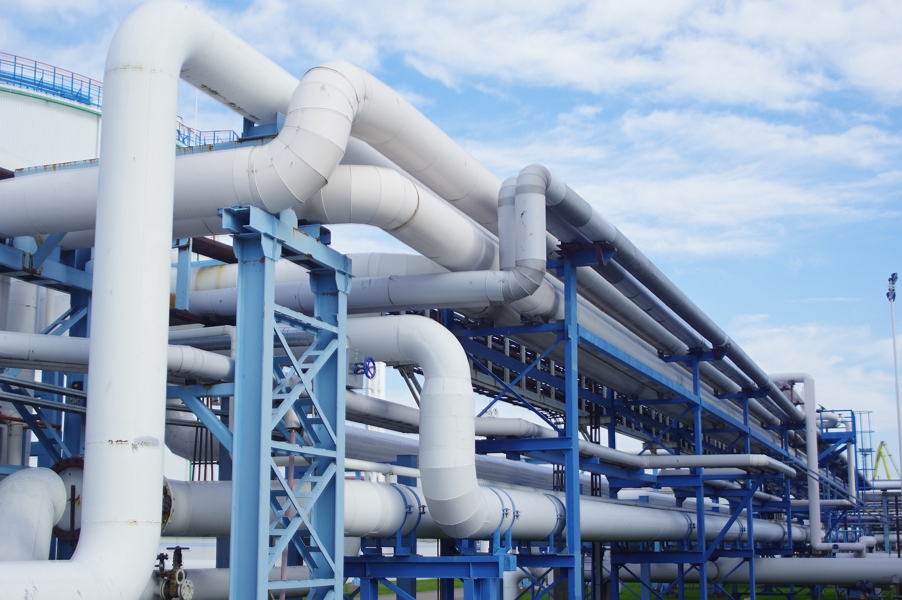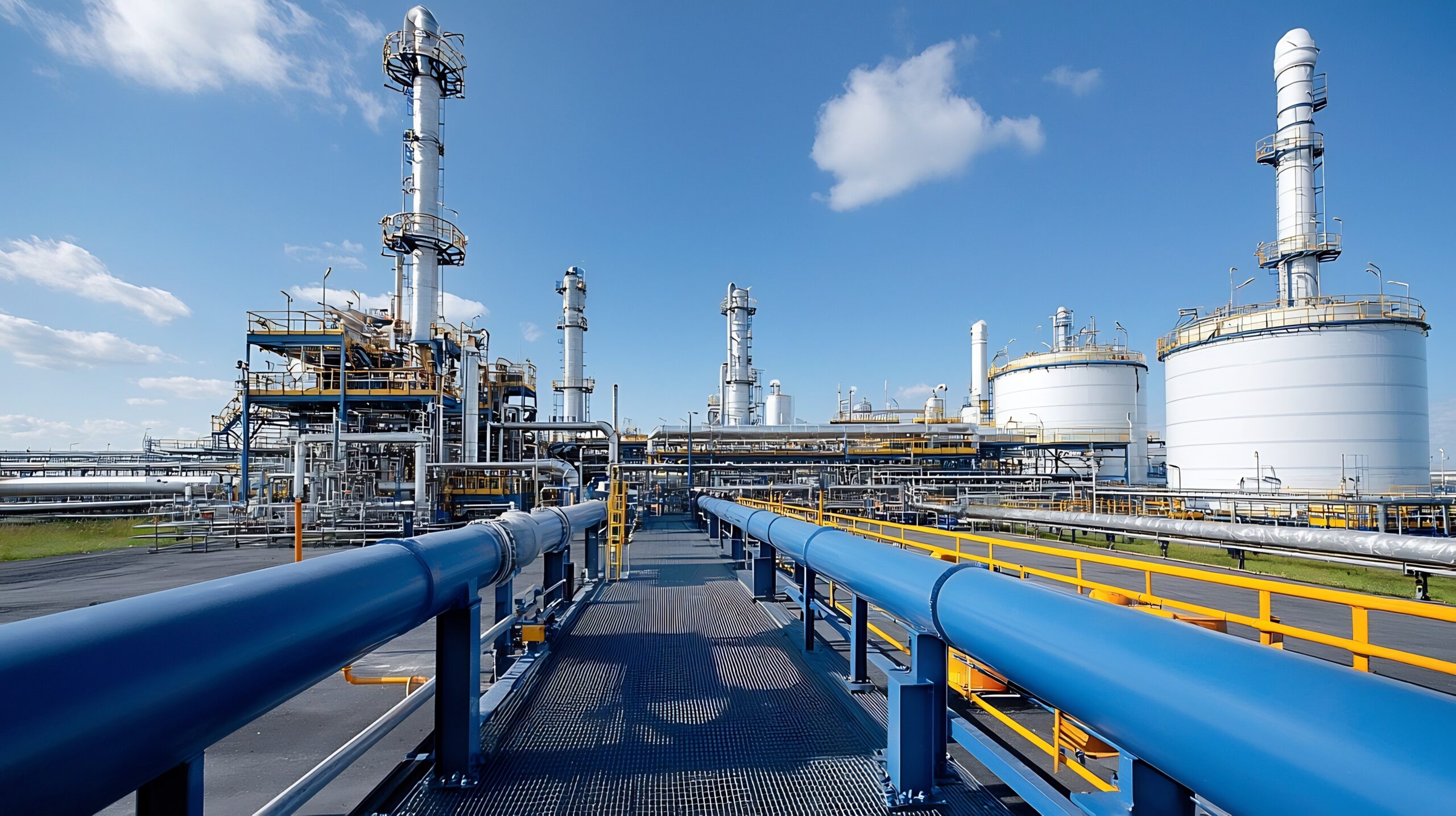
Through advanced leak detection technologies, anomaly detection and the use of digital twins, AI is redefining how gathering networks are...

Explore the latest Trilogy blog articles


Through advanced leak detection technologies, anomaly detection and the use of digital twins, AI is redefining how gathering networks are...

This article explores the key elements that make a gas processing plant smart, and how digital technologies are driving improvements in predictive...

In the ever-evolving energy sector, midstream companies play a critical role in connecting upstream exploration and production with downstream...

Digital transformation in midstream refers to the strategic integration of digital technologies into every aspect of midstream operations.

In the context of oil and gas post-acquisition integration, implementing an integrated energy system isn’t just a tech upgrade; it’s a strategic...

Process automation in midstream oil and gas is no longer a luxury; it's a necessity. Automation tools can handle now repetitive tasks, validate...

Smart pipelines represent a fundamental shift in how midstream oil and gas assets are managed, blending IoT, big data and advanced analytics into...

Automation is playing an increasingly vital role in transforming midstream operations. It is revolutionising several core aspects of midstream oil...

Predictive maintenance (PdM) - a smarter, data-driven approach. For midstream oil and gas companies, predictive maintenance powered by machine...

IoT is transforming the midstream oil & gas industry. As digital transformation accelerates, the adoption of IoT is inevitable; it's an essential...

In this blog, we explain how Scissortail Energy transformed its decision-making process. TIES helped Scissortail Energy shift from a...

As the midstream sector evolves, internal data visibility will continue to play a pivotal role. Unlocking plant data is about using the right...

In this article, we explore how the midstream oil and gas industry can improve operations and pave the way for a smarter, more sustainable future...

This article explains how midstream operators can streamline tasks, through automation, that traditionally relied on spreadsheets, such as...

In the midstream oil and gas industry, where operational efficiency and safety are critical, real-time data has become a game-changer. The...

We discuss key benefits of cloud-based solutions in the midstream oil and gas sector. Along with an explanation of the various operational...

In this article, we’ll explore how SaaS is transforming the midstream oil and gas sector and why companies should consider adopting these solutions.

The midstream oil and gas industry has long been a cornerstone of the global economy, but it is also a sector undergoing significant...

Midstream operations consist of transportation, storage, and wholesale marketing of crude oil, natural gas, and refined products. They form a...

Discover key cybersecurity threats, regulatory requirements, and best practices for midstream companies to protect critical infrastructure and...

Learn how storage tanks and caverns ensure supply security in the oil & gas Industry. Storage facilities are vital during demand fluctuation...

Discover key technologies and equipment in cryogenic processing, along with current challenges and future innovations shaping this advanced...

Explore the decision-making process for selecting an Artificial Lift System, considering well depth, production rate, fluid properties, and...

Learn how fractionation separates Natural Gas Liquids (NGLs) into valuable components like ethane, propane, and butane for energy and industry.

An overview of price volatility, risks, and hedging in oil & gas trading. Hedging basics, and its role in risk management are explained.

A high-level guide on natural gas processing, covering key components of a gas processing plants and steps like dehydration, removing impurities,...

Learn the basics of midstream oil and gas. This guide covers processing, transport, and storage, explaining how this sector powers the energy...

Explore essential midstream terms in the oil and gas industry, from gathering and processing to storage and distribution. This guide helps new...

Explore crude oil vs natural gas differences in storage, transportation, and processing, plus insights into midstream infrastructure and energy...

Introduction to midstream oil & gas regulatory compliance framework across the US. Learn about safety, environmental, and market regulations from...

Climate and environmental impact of the oil & gas sector and efforts made by oil and gas producers to mitigate these risks & challenges.

Oil & Gas gathering systems play a crucial role in the energy sector. Natural gas gathering systems are often a bridge between production &...

Understanding the importance of gathering systems, evaluating key processes, and exploring challenges with innovative solutions to optimize...

Learn about the important role and advancements in pipeline infrastructure. In this article, we discuss the future challenges and technological...

Discover the key differences between gathering and transmission pipelines, their roles in oil & gas transport, and why these distinctions matter.